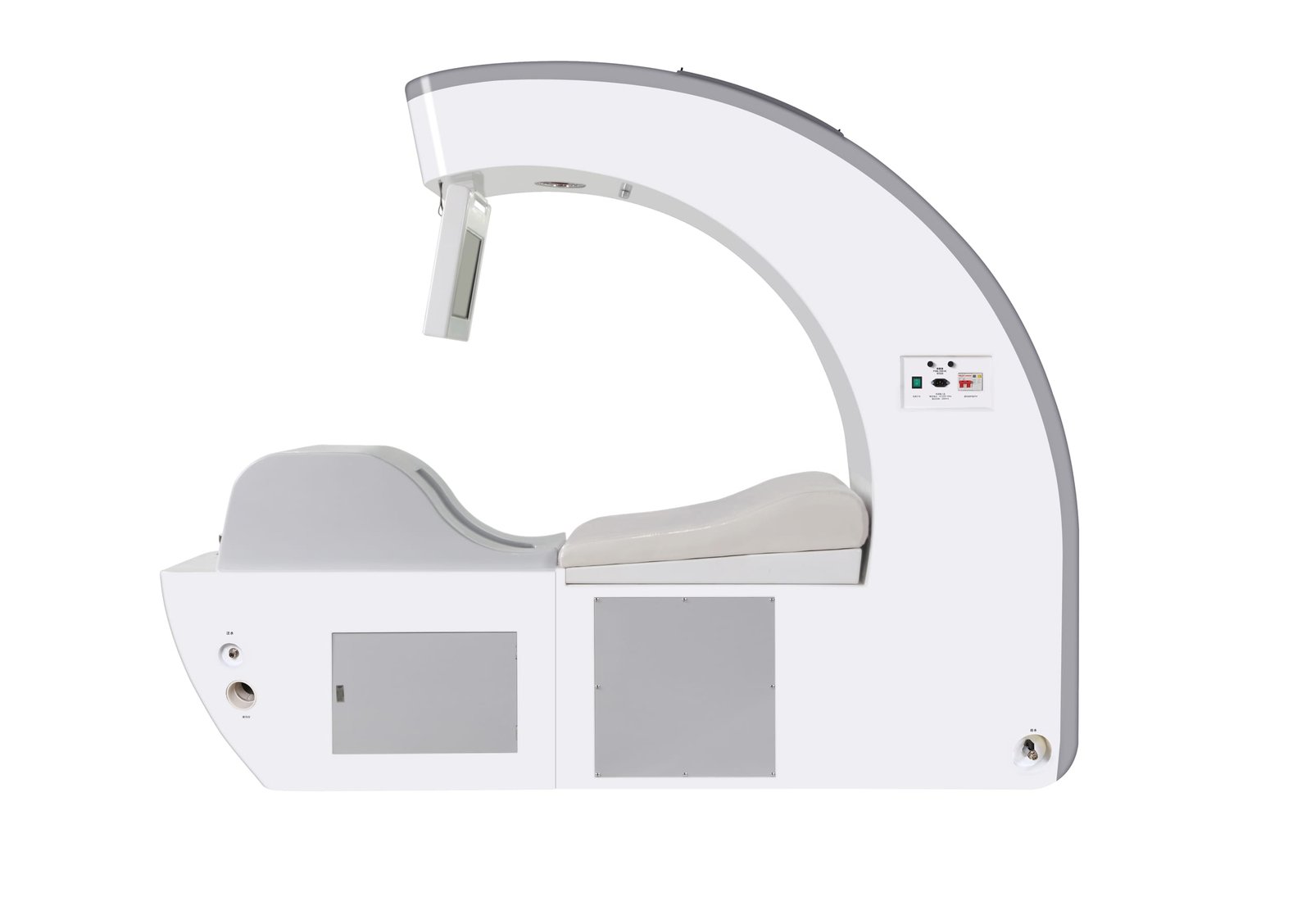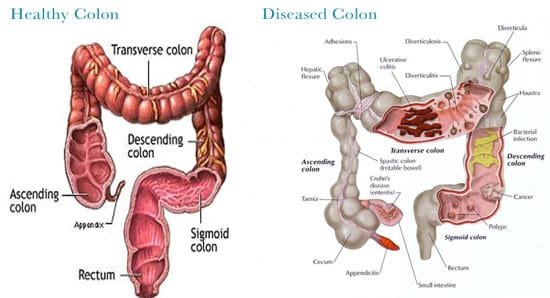Categories
- Treatment Supplies (3)
- TRAINING (22)
- News (41)
- Blog (1,616)
- Colonic Machine FQA (6,478)

-Colon Hydrotherapy is referred to as colon hydrotherapy or colon irrigation. These are names for hydrotherapy which uses water for inner cleansing. Colon Hydrotherapy is clean and comfortable treatment.
A soothing flow of purified warm water is instilled gently into the colon through a disposable colon cleansing nozzle, (“size-of-a-pencil”). The small nozzle is easily inserted to cleanse (evacuate) the contents of your lower colon.
Your dignity is always maintained! The system is designed to allow evacuation of the contents of the colon during the administration of colon hydrotherapy.
Professional Colon Hydrotherapy Devices have systems, that the pressure, temperature, and flow of water, are all safely regulated throughout the session. The water is purified with an Ultra Violet Water Purification System. The LIBBE Device is comfortable and may be operated in privacy for those who prefer solitude.
There is no odor! Odor is whisked away thru the sewer drain pipe.

First and foremost, bear in mind that the single best way to detox and cleanse the colon is by removing harmful substances in your diet and eating nutrient-dense, real foods. Packaged foods, fast foods, processed snacks and artificial ingredients (high fructose syrups, hydrogenated oils, dangerous food dyes, fake seasonings, MSG or preservatives) all make it harder for the digestive system to work properly and raise inflammation in the colon. The kinds of foods you want to eat for optimal colon health include:
fermented foods that contain probiotics (yogurt, cultured veggies like kimchi or sauerkraut, kefir, kombucha)
high-fiber foods like seeds, leafy greens and other fresh veggies
fresh fruit (especially berries, or apples and pears, which contain pectin fiber)
bone broth
healthy fats like coconut or extra virgin olive oil, plus avocados (very high in electrolytes and fiber)
veggie-based soups, smoothies and salads are high in fiber and water, plus easy to digest

If having a colonic done:
Colonics should always be done under the supervision of a qualified professional who’s licensed and trained. It’s important to follow directions and instructions carefully and to ensure all equiptment is completely sanitary. Colonics aren’t usually recommended for pregnant women or children or people with kidney problems or bad hemorrhoids.
What can you expect when getting a colonic? This type of colon cleanse shouldn’t cause pain or feel overly uncomfortable because the practitioner will likely use a lubricant to help insert the device into the rectum. Likely, you’ll feel some pressure during the process and need several hours to feel back to normal once it’s done.
If using an enema:
To perform an enema (whether it’s a coffee enema, one with apple cider vinegar or another formula) you need to first purchase a kit, which comes with an insert of some kind and a bag or bucket to hold the liquid. The part that you insert into your rectum is attached to a clamp that controls the release of whichever kind of liquid you use from the bag or bucket. If you’re willing to spend more money, you’ll get a better quality product that has a clasp, which is more capable of stopping and controlling the release of the liquid.
If you plan to perform enemas somewhat regularly, you can purchase a reusable kit instead of a one-time bottle. Some find that buying an enema kit that includes a bucket is a bit easier to use, since a bag requires that you hang it from somewhere elevated, such as a towel rack in your bathroom. Many people find that buckets are also easier to clean than bags, although kits with buckets can cost a bit more (anywhere from $10–$60 depending on the kind).

Stainless steel buckets are preferred by many over plastic buckets or bags since they’re sanitary and can be reused, but a bag is a good, inexpensive option if you plan to throw it away after performing the enema or if you’re traveling.
Once you have your materials sanitized, gathered and you’re prepared, follow this step-by-step guide to perform a homemade enema at home safely:
Prepare your liquid, whether it’s coffee, a premade solution or filtered water. Filtered water is highly recommended by most experts and might offer fewer risks than tap water (which contain traces of minerals or chemicals). If you’re using a warm liquid like coffee, let the mixture cool down to a little warmer than room temperature.
Choose a location that’s comfortable where you can lie down for about 15 minutes. The bathroom is a popular choice since it’s easiest to be close to a toilet. Keep extra towels and cleaning products on hand to clean up if need be.
Take your enema kit and place the bucket or bag at least one meter above you and the ground so it has the force of gravity to push out the liquid. Pour your liquid into the enema bag or bucket, and hold the tube and nozzle shut.
Locate the lever on the tube and nozzle that helps you stop and start the flow of the enema. Use a lubricant such as coconut oil to coat the tip of the enema nozzle, and then lay down on your right side in fetal position and insert the nozzle into your rectum. Try to insert it about one inch inside.
Use the valve that helps you start the flow of the liquid, slowly releasing the liquid into your rectum through the nozzle. Sit however you are most comfortable for about 15–30 minutes, holding it in until you’re ready to use the bathroom.




